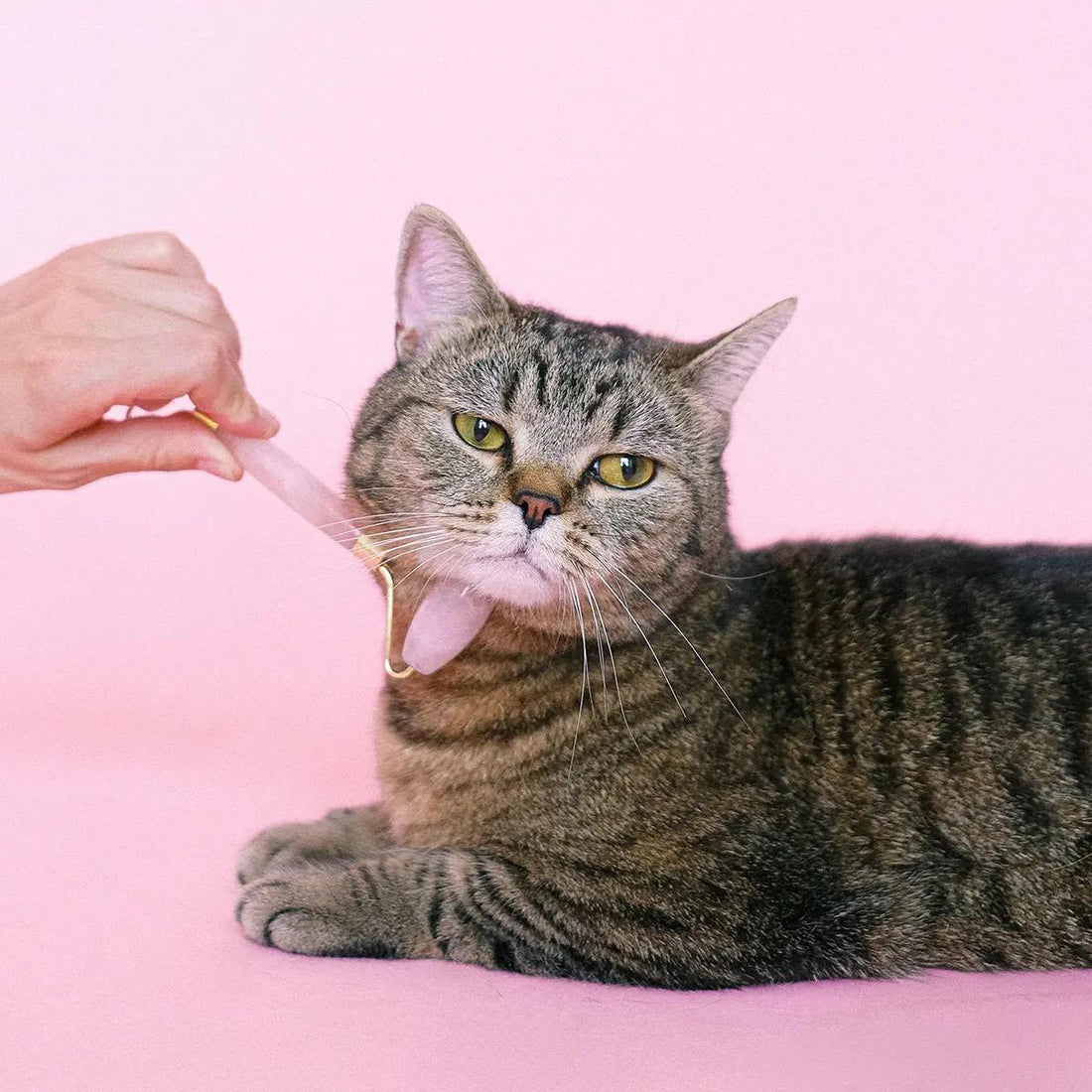Tips for Grooming Your Cat

Fuzz's profound insight:
"As a cat, I must say that I am constantly amazed by the lack of grooming knowledge displayed by my human companions. Don't get me wrong, I am grateful for their care and affection, but when it comes to proper feline grooming techniques, they could definitely use some improvement, it’s like they’ve never groomed themselves, which would explain their interesting smell, not like our beloved tuna mmmmm…"
First and Foremost, Let's Address the Importance of Grooming.
Not only does regular grooming help to maintain a cat's beautiful coat, but it also serves several other important functions. Grooming helps to remove loose fur, dirt, and parasites from a cat's coat, which can all contribute to health issues if left unchecked. Grooming can also serve as a bonding activity between a cat and its human, as well as providing a form of mental and physical stimulation.
Remember that all cats are individuals; some love being groomed and others do not, so never force a cat to be brushed if they don’t like it. Speak to your veterinary team if you feel your cat’s coat is a problem. It is a great idea to introduce brushing to kittens as a positive experience so they are more likely to enjoy being brushed as an adult.

Now, let's get down to the specifics of grooming a cat.
The most important tool for grooming a cat is a good quality brush or comb. When selecting a brush or comb, be sure to choose one that is specifically designed for cats, as their coats are much finer than those of dogs. There are a variety of brushes and combs to choose from, including slicker brushes, bristle brushes, and fine-toothed combs.
Experiment with different types to see which one your cat prefers and is most effective at removing loose fur. Start by offering your cat the brush to rub their face on, and start with areas around the cheeks, which cats often love to be touched. Only when your cat is comfortable move to other areas, again keeping it relaxed and starting with the sides of the body. Limbs and tummies are often off-limits! You can also try and distract them by offering them treats. For a 100% protein guilt-free option, try Fuzzball's treats (pictured below).

Cats With Longer Coats
For cats with longer coats, brushing is even more important to avoid matting of the hair which can be painful., Be sure to brush in the direction of hair growth, using gentle strokes to avoid irritating your cat's skin. Pay special attention to areas where matting is prone to occur, such as the base of the tail and behind the ears. If your cat has long hair, you may need to brush it daily to prevent tangles and matts.
Cats vs Baths
When it comes to baths, most cats are able to groom themselves effectively and will only need a bath if they get into something particularly dirty or smelly. If you do need to give your cat a bath, be sure to use a feline-specific shampoo and be gentle to avoid stressing your cat out. In some cases it will be better for your veterinary team to help you remove contaminants from the fur, occasionally with some sedation on board.
Cat Nail Health
Looking after a cat's nails is also an important aspect of their care. Many cats with access outdoors will not require their nails clipping as they look after their own nails scratching on trees and fences. Cats that live indoors should be provided with a scratching post to do the same job (and save the sofa!). Make sure the scratching post is tall enough for your cat to properly stretch and scratch.
As cats age, they may need their claws trimming and if you have never done this before, discuss with your veterinary team how to do this safely. Overgrown claws can cause a lot of pain so do check your older felines.
Tips For Trimming Your Cat's Nails
To trim your cat's nails, gently press on the pad of their paw to expose the nail and use a pair of cat nail clippers to cut off the sharp tip. Be sure to avoid cutting too far down, as this can cause bleeding and pain.
Proper grooming is essential for maintaining a cat's health and well-being and can act as a great bonding exercise for all involved. Just be sure to use the right tools and techniques, and remember to be patient and gentle with your furry friend.





